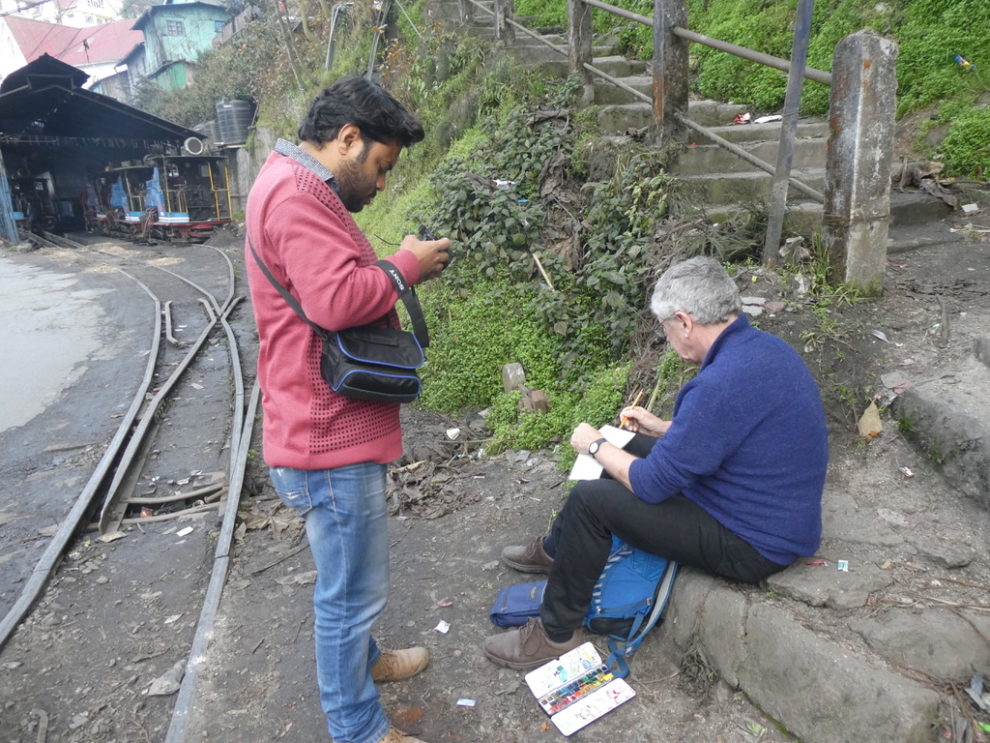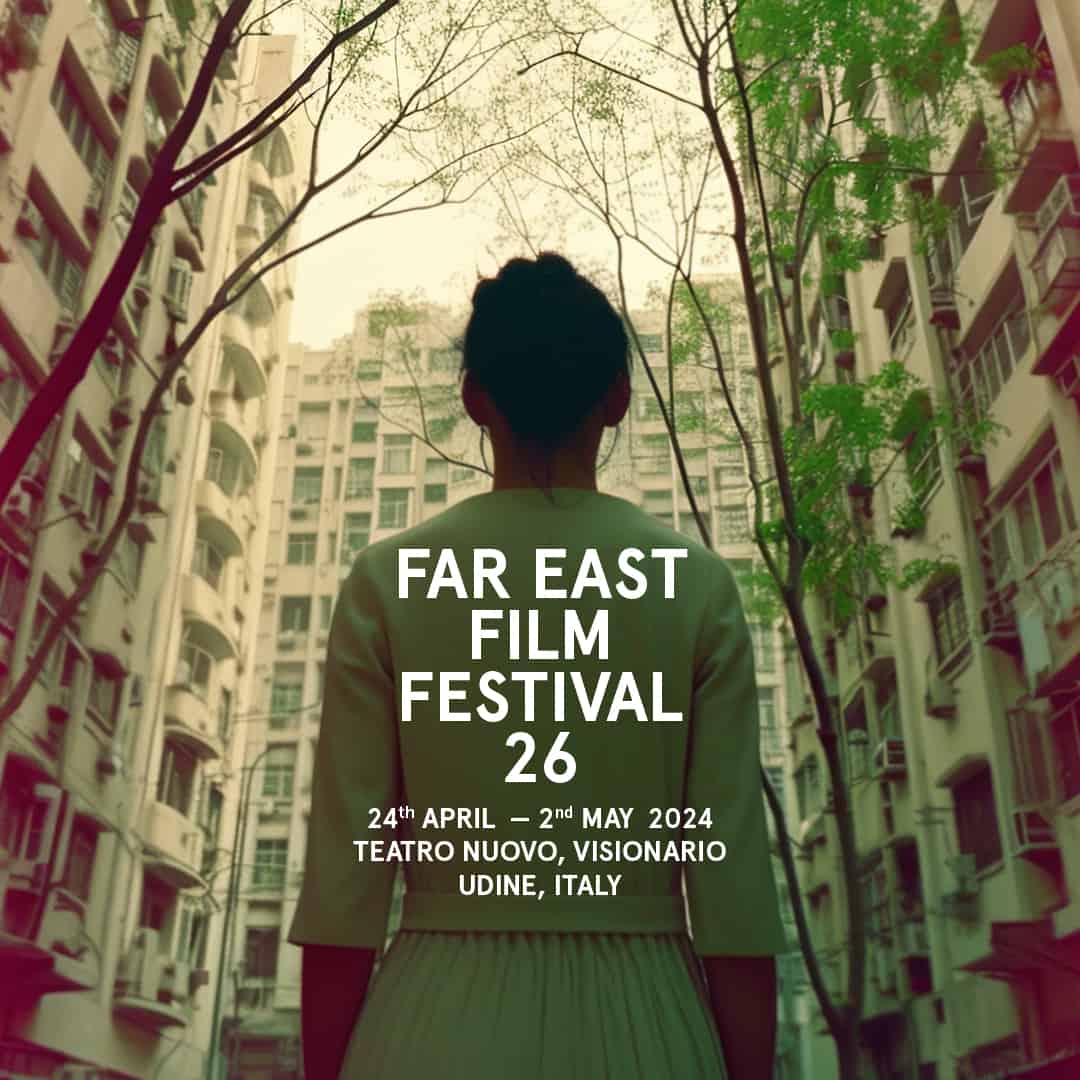Here in Asian Movie Pulse, we have been following Anirban Dutta's mostly experimental cinematic journey since his 2018 works, frequently being impressed with his efforts. It was also rather interesting, in that fashion, to check his first (our first at least) endeavor into documentary filmmaking, in a movie that remains, though, rather experimental.
“Ghumjeeling : A Meeting by the Railways” review is part of the Submit Your Film Initiative

According to his words: “My first encounter with this magical narrow gauge railway was in 2010 when the first of a trilogy of a documentary on India's Mountain Railways was broadcast on UK TV. The Darjeeling film was directed by Tarun Bhartiya. It was not until 2017 that I finally visited the line and started to develop ideas for artworks and began documentation. Whilst in Darjeeling, I saw several handmade models of B Class steam engines at The New Elgin Hotel lounge and at the Ghum Museum. I decided to try to find a model as a memento of my visit but could not source one locally. On my return to the UK, I finally tracked one down to a company in the north of England called Roundhouse Engineering, who produced large steam powered models suitable for running in the garden. When the salesman asked ‘So where are you going to run it? You can't just put something like this on a shelf', the wheels in my head began to turn”
The Darjeeling Himalayan Railway was originally built between 1879 and 1881, running on track of only 2 feet gauge from Siliguri town in the south and later extended down to meet the broad gauge line in New Jalpaiguri. It climbs up into the mountains and tea plantations at Darjeeling, gaining approximately 7000 ft over the 55 miles. Ghum station is the highest point on the line and the highest station in India. It was declared a UNESCO World Heritage Site in 1999 (source: Times of India)
Eventually, Dutta's search stumbled upon Martin Ferrabee, an Englishman who seems to have an “obsession” with trains and particularly the ones passing from the titular Ghumjeeling Himalayan Railway, which extends from paintings to 16 mm models of the train with uncanny level of detail. Dutta follows Martin as closely as possible, learning about the reasons behind his fascination as much as his life story and his connection with the particular railway. The experimental, and essentially, the most interesting aspect of the documentary, is the way he juxtaposes Ferrabee's narrations with footage from the area in India, with the ones that moves us from the actual train to Martin's model being the most impressive aspect of the movie, along with the photos and videos of the actual area. In that regard, Rohit Gharami's editing emerges as one of the best aspects of the whole production.
Also of note is the psychograph of Martin, the reasons that led him to this hobby (more of a passion actually, “joyous madness” as it is referred to in the film) and the struggle he had with an endeavor that many people consider childish and naive, not to mention expensive and time-consuming. At the same time, through this approach, as much as the common ground of Ghumjeeling, the connection between director and subject also comes to the fore, in the most organic way possible.
At the same time, however, there is a rather serious issue with the film, and that is that the life of Martin is quite dull, with the London suburbs setting not helping at all in that regard, even if some endeavors into local cemeteries do have some appeal. Furthermore, his passion will find little interest among those who do share the particular kind of love, in an aspect that makes the doc somewhat dull to watch, particularly on the points where the actual Ghumjeeling is not on screen.
At 75 minutes, “Ghumjeeling : A Meeting by the Railways” does not particularly overextend its welcome, but the quality and watchability of the film would be much higher if the focus was more on the “Indian Arc”.
















